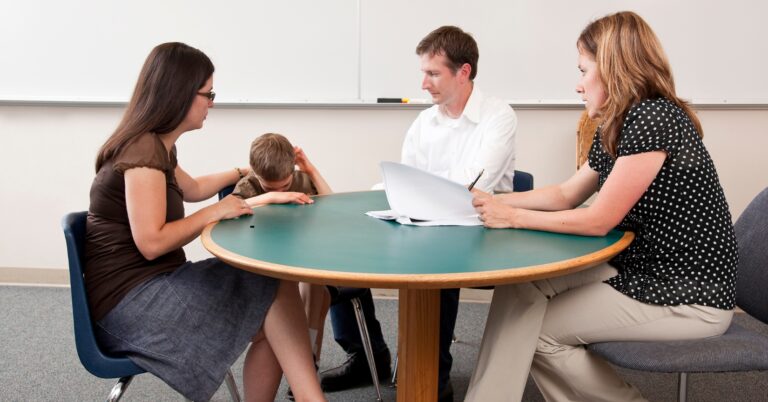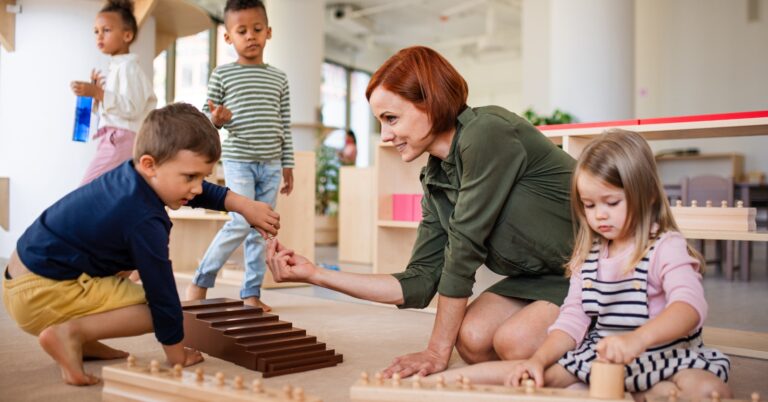The “Fire Challenge” has emerged as one of the most hazardous trends circulating on social media, compelling kids and teenagers to play with fire in dangerous, often life-threatening ways.
As parents, it’s crucial to be informed about these trends to safeguard our children from harm and educate them on the severe consequences of participating in such activities.
This article aims to shed light on the fire challenge, its dangers, why it’s appealing to youth, and most importantly, how parents can prevent their children from becoming involved.
1. What is the Fire Challenge?
The “Fire Challenge” originated on social media and quickly spread due to its shocking nature and the viral potential of dangerous stunts.
Participants typically apply a flammable liquid to their skin, ignite it, and then attempt to extinguish the fire before it causes burn injuries. This trend gained traction as viewers watched in disbelief and participants sought online fame.
The challenge’s dissemination is largely attributed to the sharing and replication that social media facilitates.
Videos tagged with attention-grabbing hashtags make their way across platforms, from YouTube to Facebook, TikTok, and beyond.
It’s a cycle fueled by likes, shares, and the misguided aspiration for instant internet celebrity status.
Tracing its origins back to online forums and social media, the fire challenge has gained notoriety for its shocking content.
Videos of participants, often teenagers, engaging in this hazardous act have been widely shared, contributing to its spread.
The allure of viral fame and social media recognition plays a significant role in its popularity.
2. Dangers and Risks
Engaging in the “Fire Challenge” poses immediate physical threats that can result in severe burn injuries.
The act of setting oneself on fire, even for a brief moment, can lead to life-altering consequences.
Skin burns rapidly, and the supposed control over the situation is often overestimated, leading to disastrous outcomes.
Emergency rooms have reported cases ranging from first-degree burns, which damage only the outer layer of skin, to third-degree burns that penetrate deep into flesh, causing intense pain and requiring extensive medical treatment.
These injuries can leave permanent scars and in some instances, require skin grafts and long-term rehabilitation.
3. Why Kids Participate
– Peer Pressure:
The journey through adolescence is fraught with the longing for acceptance and the fear of exclusion. This turbulent phase often pushes children to the brink, where the desire to fit in becomes a guiding force in their decision-making process.
Peer pressure, a formidable force, can compel them to participate in perilous activities, such as the fire challenge. T
he emotional turmoil experienced by these young souls is profound.
They grapple with an internal battle between their innate understanding of right and wrong and the overwhelming desire to be embraced by their peers.
This struggle can lead them down a path filled with dangerous liaisons, where the cost of acceptance might just be their safety and well-being.
– The Role of Social Media:
In today’s digital age, social media platforms serve as the arenas of social validation. The likes, shares, and comments become the currency of acceptance and popularity.
However, this virtual world also amplifies peer pressure to an unprecedented scale, transforming it into a relentless force that shapes perceptions and behaviors.
For an impressionable teenager, the lure of viral fame and social media recognition can make hazardous challenges, such as the fire challenge, appear as golden gateways to instant admiration and acceptance.
The emotional resonance of seeing one’s peers engage in such acts, coupled with the desire to be a part of that seemingly elite circle of bravery, can cloud judgment and lead to perilous decisions.
The digital echo chamber creates a distorted reality where the risks are minimized, and the rewards are magnified, making the dangerous seem desirable.
– Seeking Thrills:
Adolescence is also a time of exploration and identity formation, where thrill-seeking behaviors can often emerge as a means of self-discovery and boundary testing.
The rush of adrenaline, the allure of the forbidden, and the quest for a unique identity can drive teenagers towards engaging in risky activities, like the fire challenge.
This search for excitement is not just about the thrill itself but also about proving one’s mettle, both to oneself and to the world.
The emotional cocktail of fear, excitement, and the anticipation of acclaim can be intoxicating, blurring the lines between safe exploration and dangerous recklessness.
It’s a precarious walk on the tightrope of adolescence, where the quest for individuality and adventure can sometimes lead to dire consequences.
4. The Impact on Families
The discovery that a child has engaged in a perilous endeavor such as the fire challenge can unleash a cascade of emotions within the family unit.
Initially, this revelation can be utterly devastating for parents, who may find themselves engulfed in a whirlwind of guilt, fear, and helplessness.
The shock and disbelief give way to a profound emotional toll, as parents grapple with the stark realization of the dangers their child faced.
This emotional burden is further compounded by the onslaught of self-blame and the agonizing thought of what could have been, knitting a dense tapestry of worry and sorrow that blankets the family.
Furthermore, the consequences of such risky behaviors extend beyond the emotional to impose a significant financial burden on the family.
Treating burn injuries, a likely outcome of the fire challenge, can be exorbitantly costly.
The medical expenses associated with emergency care, ongoing treatment, and potentially long-term rehabilitation can quickly accumulate, placing a substantial financial strain on families.
This economic pressure intertwines with the existing emotional distress, creating a complex web of challenges that families must navigate.
The interplay between the emotional turmoil and financial hardship underscores the profound impact that a child’s involvement in dangerous activities can have on the entire family, highlighting the need for awareness, prevention, and open dialogue to mitigate these risks.
5. Preventive Measures
– Open Communication: Maintaining an open line of communication with your child is crucial. Discuss the dangers of peer pressure and the importance of making safe choices.
– Educating About Risks: Clearly explain the risks associated with the fire challenge and other dangerous trends.
– Setting Boundaries: Establish clear rules regarding internet use and social media engagement.
– Monitoring Online Activity: Stay informed about your child’s online activities and the content they are exposed to.
6. How to Respond if Your Child is Involved
Should you find yourself in the harrowing situation where your child has participated in the fire challenge, the immediate step to take is to seek medical attention without delay, irrespective of how minor the injuries might appear.
This prompt action is not just about addressing the physical wounds; it serves as a critical intervention point that underscores the seriousness of the situation to your child.
It’s a tangible demonstration of the consequences of their actions, reinforcing the importance of safety and the inherent dangers of such risky behaviors.
Beyond tending to the physical injuries, it’s imperative to delve deeper and address the emotional and psychological aspects of why your child engaged in such a hazardous act.
Consulting a mental health professional can be an invaluable step in this process. This action opens a pathway for your child to explore and understand the gravity of their actions in a supportive and non-judgmental setting.
A mental health professional can offer the necessary guidance to help your child navigate their emotions, identify any underlying issues that may have contributed to their participation in the challenge, and develop healthier coping mechanisms.
This dual approach, addressing both the immediate physical injuries and the deeper psychological impacts, is pivotal in supporting your child’s recovery and growth from this experience, fostering a safer and more open environment for dialogue and learning.
Conclusion
Empowering children to navigate the online world safely is a vital component of modern parenting. At the heart of this endeavor is building resilience in our youth, equipping them with the tools to resist peer pressure and make informed decisions.
By nurturing a growth-focused mindset, we can help our children understand the consequences of their actions and find the courage to say no to dangerous trends like the “Fire Challenge.”
It begins with education and open dialogue. Discussing the reasons why people might participate in these challenges can lead to a deeper understanding of self-esteem, the need for social belonging, and the influence of viral content.
Encouraging critical thinking helps children analyze the risks and rewards of their online activities.
Creating a family culture that values self-care and emotional intelligence lays the foundation for children to approach life’s challenges with confidence and resilience.
It’s about more than just internet safety—it’s about preparing them for a lifetime of thoughtful, conscious decision-making.









